I would like to use the day of the year in a machine learning model. As the day of the year is not continuous (day 365 of 2019 is followed by day 1 in 2020), I think of performing cyclic (sine or cosine) transformation, following this link.
However, in each year, there are no unique values of the new transformed variable; for example, two values for 0.5 in the same year, see figures below. I need to be able to use the day of the year in model training and also in prediction. For a value of 0.5 in the sine transformation, it can be on either 31.01.2019 or 31.05.2019, then using 0.5 value can be confusing for the model.
Is it possible to make the model to differentiate between the two values of 0.5 within the same year?
I am modelling the distribution of a species using Maxent software. The species data is continuous every day in 20 years. I need the model to capture the signal of the day or the season, without using either of them explicitly as categorical variable.
Thanks
EDIT1 Based on furcifer's comment below. However, I find the Incremental modelling approach not useful for my application. It solves the issue of consistent difference between subsequent days; e.g. 30.12.2018, 31.12.2018, and 01.01.2019. But it does not differ than counting the number of days from a certain reference day (weight = 1). Having much higher values on the same date for 2019 than 2014 does not make ecological sense. I hope that interannual changes to be captured from the daily environmental conditions used (explanatory variables). The reason for my need to use day in the model is to capture the seasonal trend of the distribution of a migratory species, without the explicit use of month or season as a categorical variable. To predict suitable habitats for today, I need to make this prediction not only depends on the environmental conditions of today but also on the day of the year.

